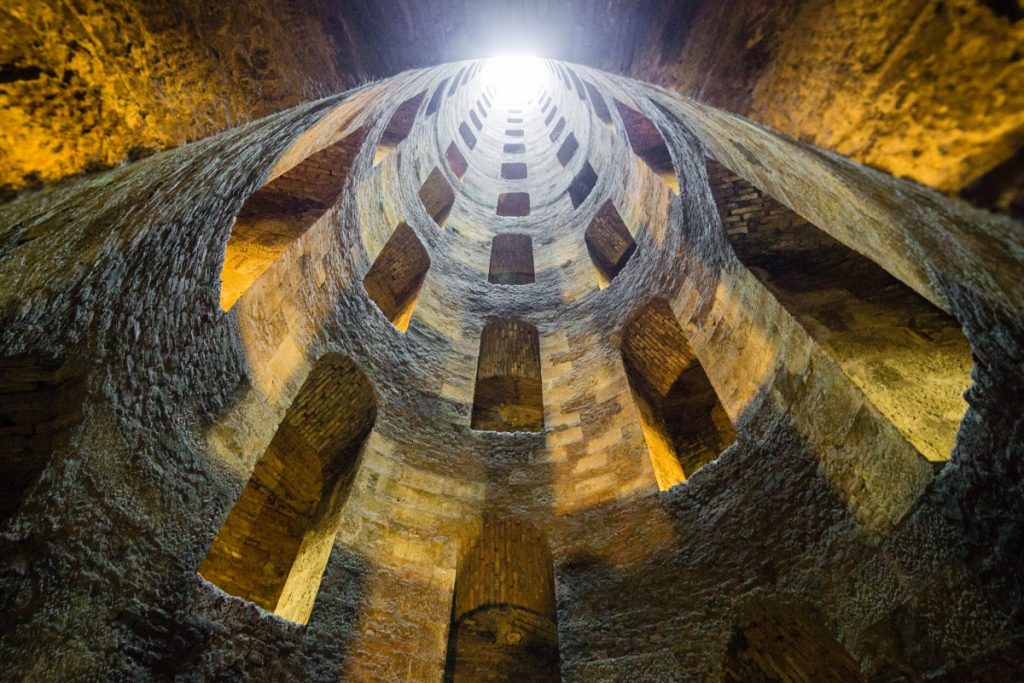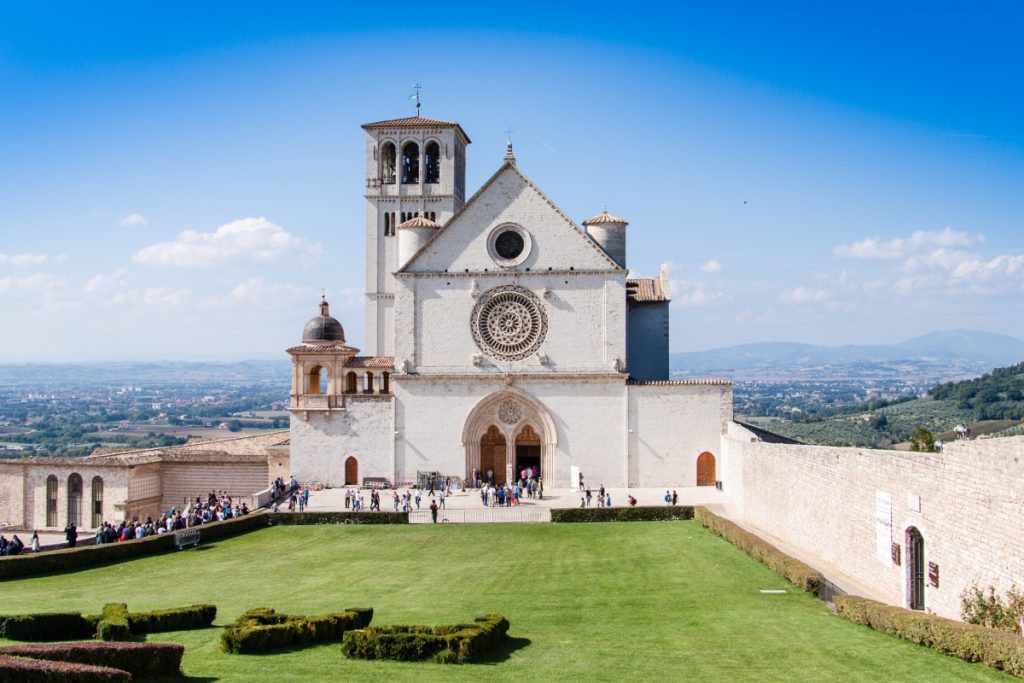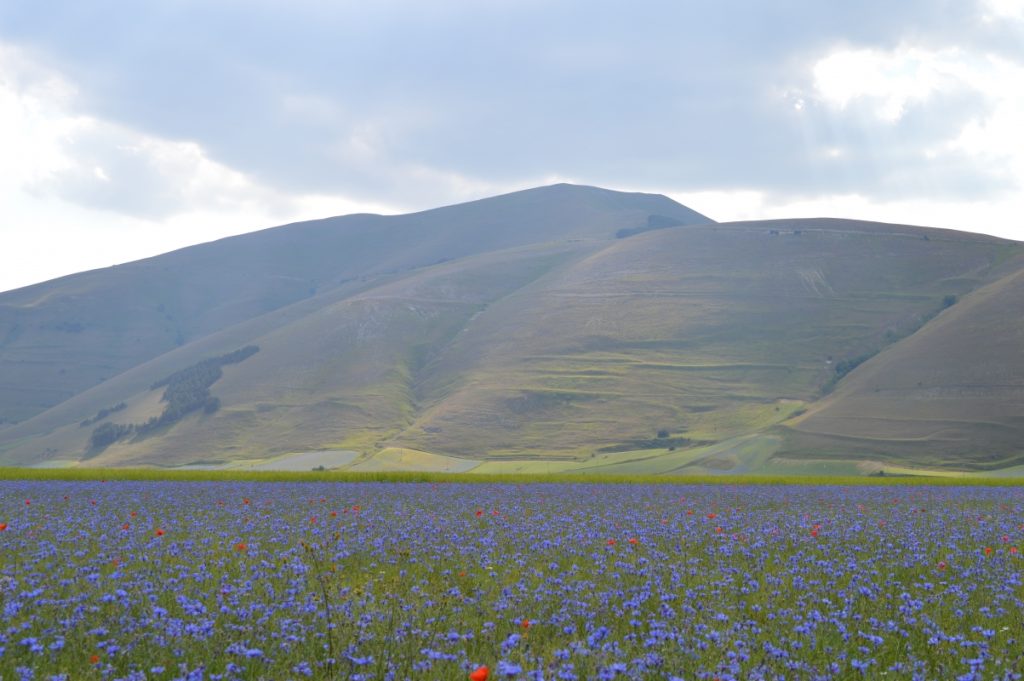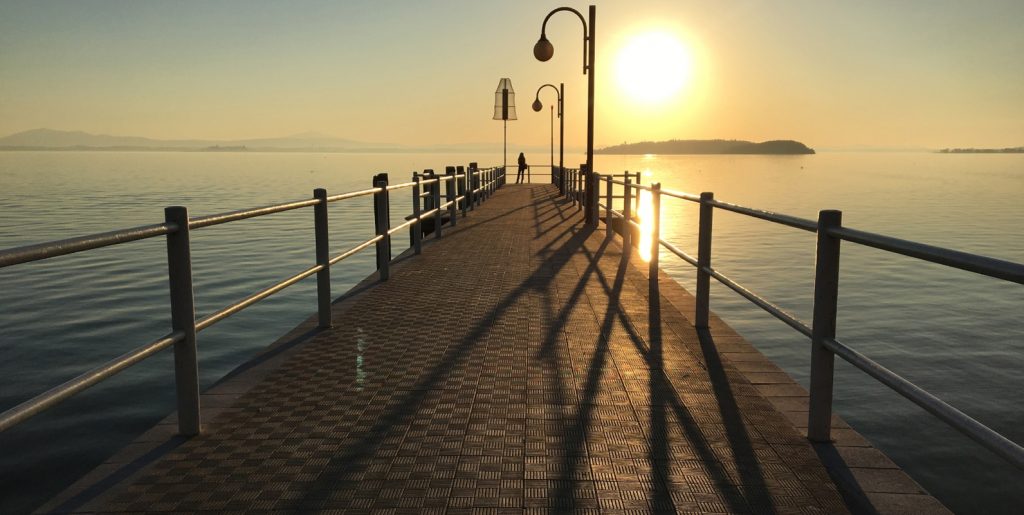Umbria doesn’t announce itself immediately. Instead, it waits quietly—nestled between Tuscany and Lazio—where the hills roll without interruption, and the air smells of stone, cypress, and time. At first, a journey through Umbria rarely begins with a guidebook highlight; rather, it unfolds by walking slowly, listening carefully, and noticing how light touches old brick. For those accustomed to Italy’s louder charms, this region becomes a surprise—a still place where the soul of the country feels undisturbed and genuine.
Winding Downward Into Orvieto
At the edge of Orvieto, the Pozzo di San Patrizio quietly awaits visitors. Its spiral descent—double-helix ramps illuminated by narrow shafts of light—feels almost otherworldly. Originally designed in the 16th century to secure water during sieges, it now stands as a quiet architectural marvel. Unlike many Italian landmarks, it’s beautiful not because of ornamentation but because of its clever design. And that, in many ways, is the tone Umbria sets: function paired with grace, silence paired with depth.

The Sacred Stillness of Assisi
In Assisi, the Basilica di San Francesco rises with a humility that matches its patron saint. Inside, Giotto’s frescoes don’t overwhelm; instead, they draw visitors in. The faces, the hands, and the gestures whisper stories of faith and grief, painted with startling humanity. There’s a gravity to the space, yet also an intimacy. Even when surrounded by visitors, the silence holds firmly. This isn’t just a stop on the map—it’s a pause in the journey through Umbria, and perhaps a pause within oneself.

Across the Blooming Plateau
Far from bustling towns, the Piani di Castelluccio stretches out like a breath held by the mountains. In spring, wildflowers spread across the plain in broad, unpredictable bands of reds, blues, and yellows. Yet, even at full bloom, the plateau remains uncrowded. The village of Castelluccio, perched above the field, serves as a reminder of resilience—rebuilt after earthquakes yet never erased. Its beauty is born of patience and renewal, much like the region itself.

Lake Reflections in the West
Passignano sul Trasimeno offers one of the softest land-to-water horizons in Italy. There are no celebrity yachts or luxury boutiques—just stone streets leading to a waterfront where ferries glide to quiet islands. Locals gather for aperitivo along the lakefront as the setting sun flattens the ripples in slow motion. Here, it’s less about doing and more about allowing the landscape to do its work. In that simplicity lies the greatest surprise of Umbria.

Why a Journey Through Umbria Stays With You
A journey through Umbria doesn’t merely dazzle—it lingers. Indeed, what makes it Italy’s greatest surprise is its refusal to perform. Moreover, it offers what many travelers seek: authenticity, peace, and a true sense of place. For example, those who appreciate quieter destinations might also enjoy exploring regions like Basilicata or discovering the best places to visit in Calabria, which deepen the experience of Italy’s less-traveled paths. Similarly, the charming coastline villages detailed in the Liguria travel guide perfectly complement Umbria’s tranquil appeal. To learn more about Umbria, the official tourism page offers useful insights, while the Basilica di San Francesco site provides details on one of the region’s spiritual highlights.


